In high-speed racing, brake systems are pushed to their limits, and even the smallest failure can have serious consequences. From overheating to mechanical breakdowns, understanding the common causes of brake system failure is essential for both drivers and teams. Here are 15 types of brake failures that can occur in racing, highlighting the importance of maintenance and careful management.
Contents
Brake Disc Overheating
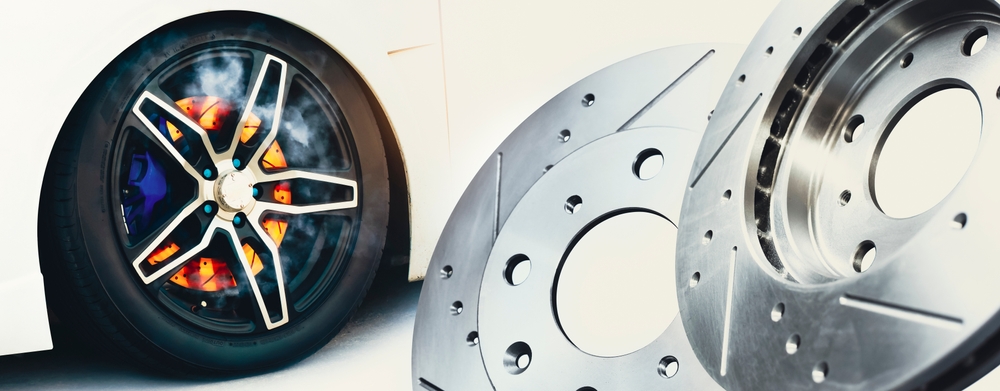
In high-speed racing, brake discs can overheat due to intense friction and constant use, causing warping or even cracking. When discs exceed their thermal capacity, they may lose their ability to efficiently stop the vehicle. This can lead to brake fade, where the stopping distance increases dramatically. Proper cooling systems and durable materials help reduce the risk of overheating.
Brake Fluid Boiling
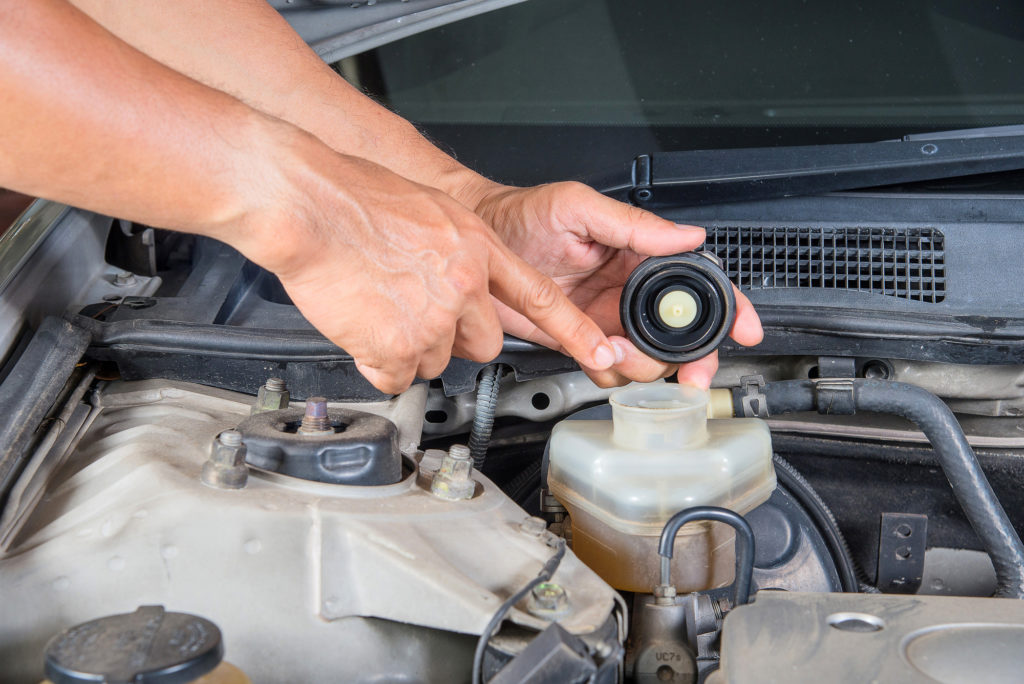
When brake fluid reaches its boiling point, vapor bubbles form within the hydraulic system, leading to a spongy brake pedal. This phenomenon, called “vapor lock,” results in a significant loss of braking power. In high-speed racing, the rapid buildup of heat can cause fluid to boil, compromising the driver’s ability to slow down. Using high-performance brake fluid with higher boiling points is a common preventative measure.
Brake Pad Wear
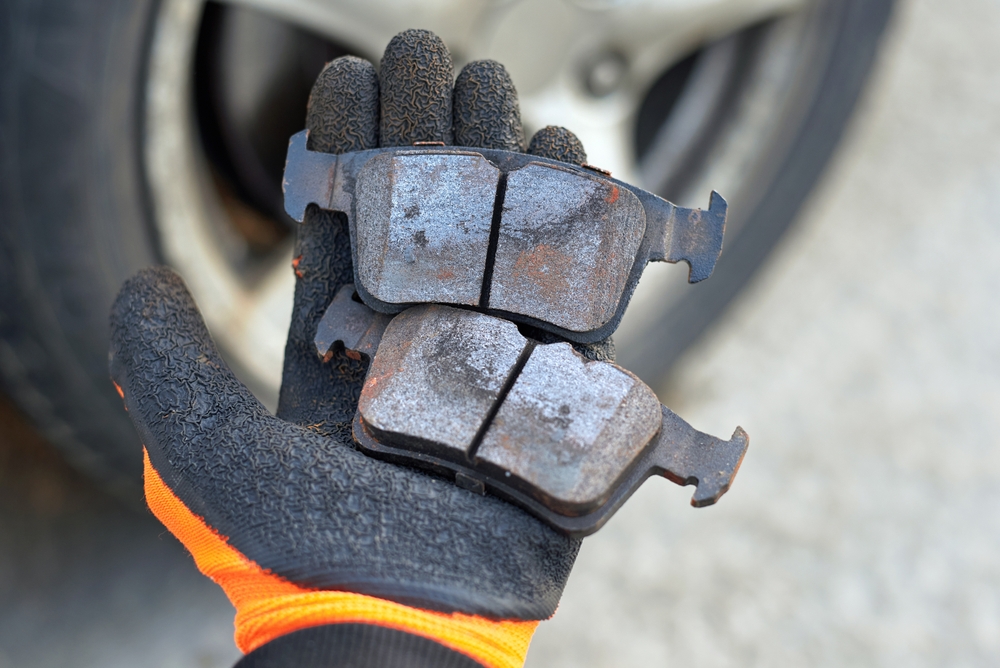
Constant friction between the brake pads and discs during racing causes pads to wear down over time. As the pads thin out, their ability to create friction decreases, leading to less effective braking. Drivers might not notice the wear until the metal backing of the pad makes contact with the rotor, which can cause severe damage. Regular checks and timely replacement of pads are essential to avoid this issue.
Caliper Seizure
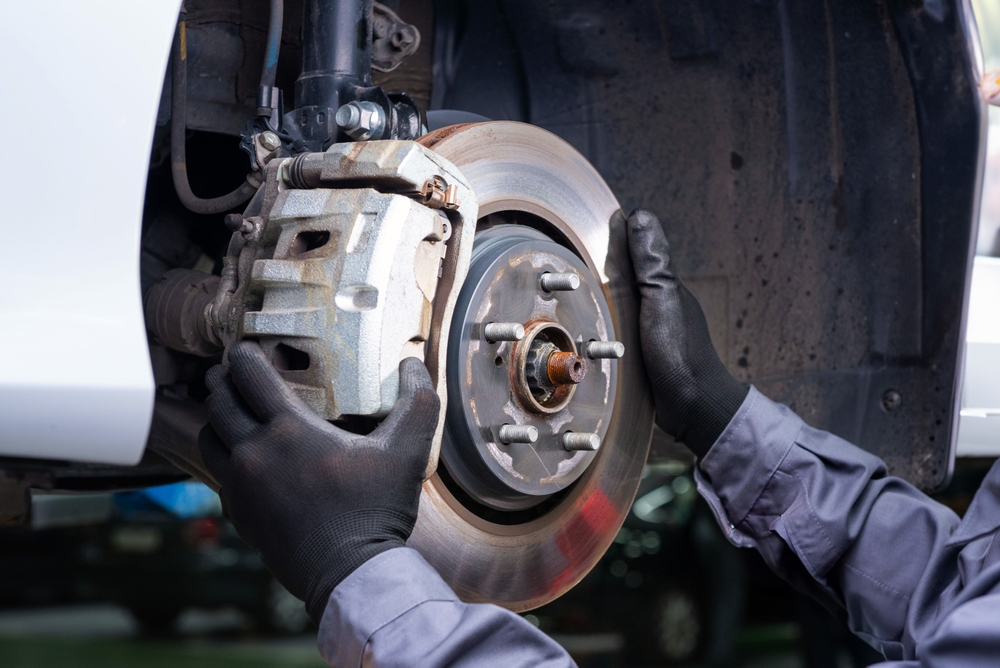
Brake calipers can seize when exposed to excessive heat or debris, preventing them from properly clamping or releasing the pads. A seized caliper results in uneven braking or, in some cases, complete brake failure on one side of the car. This imbalance can be dangerous, especially at high speeds. Keeping calipers clean and ensuring they function smoothly helps prevent this failure.
Brake Rotor Cracking
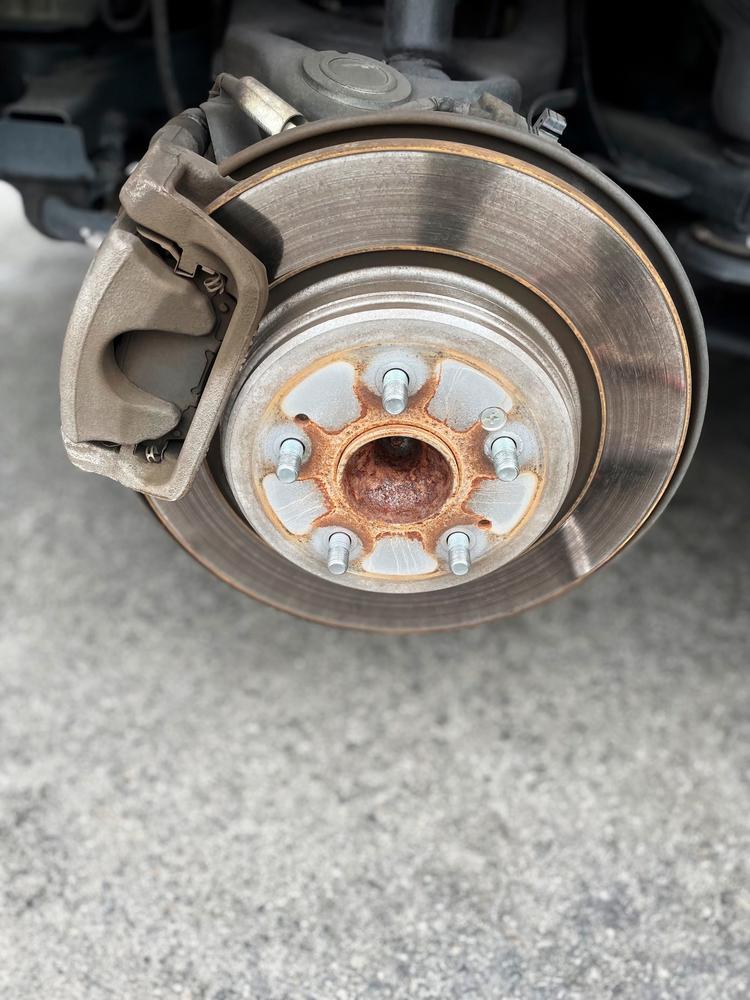
Repeated heat cycles during racing can cause cracks in the brake rotors. When subjected to constant expansion and contraction, these microfractures can grow, leading to rotor failure. If a rotor cracks mid-race, it may shatter or lose its structural integrity, leaving the car without proper braking. Using high-performance rotors and regularly inspecting them for signs of stress are key to minimizing the risk.
Master Cylinder Failure
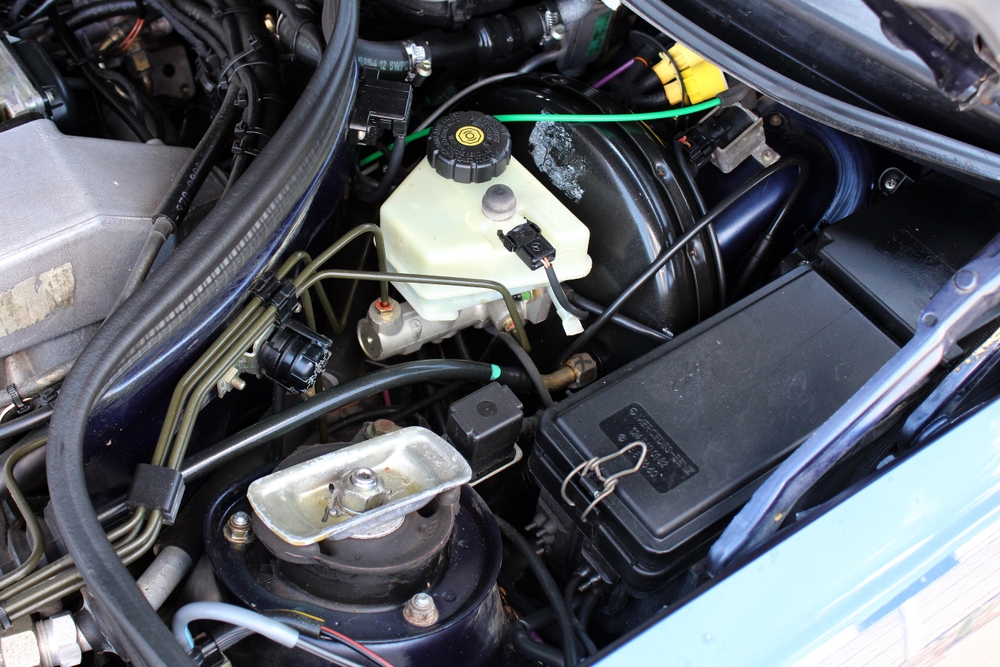
The master cylinder plays a crucial role in converting the driver’s brake pedal input into hydraulic pressure. If the internal seals of the master cylinder fail, the system loses pressure, which severely diminishes braking power. In high-speed racing, this kind of failure can be disastrous, as it results in unpredictable braking. Routine maintenance and the use of quality parts are vital to avoid this type of failure.
Brake Line Rupture

Brake lines transport fluid under pressure from the master cylinder to the calipers. When these lines suffer damage, whether from debris or excessive heat, they can rupture, causing a sudden loss of brake fluid and pressure. This leaves the driver with little to no braking power. Using reinforced brake lines and regularly inspecting them for wear helps reduce the chance of ruptures during a race.
ABS Malfunction

Anti-lock braking systems (ABS) are designed to prevent wheels from locking up during braking. However, if the ABS malfunctions, it may either fail to engage or activate unnecessarily, both of which can result in loss of control. This is especially dangerous in racing where precise braking is crucial for cornering. Regular calibration of the ABS is necessary to ensure it performs correctly.
Brake Pad Delamination
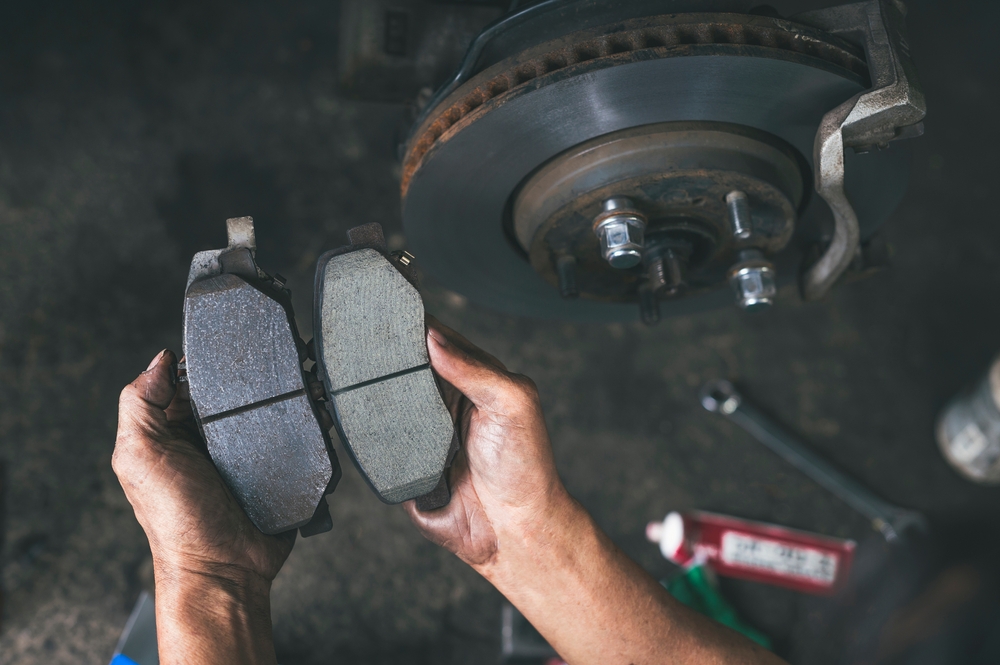
In extreme racing conditions, the friction material on brake pads can separate from the backing plate, a failure known as delamination. This usually happens when the pads are overheated or when there are manufacturing defects. Delamination significantly reduces braking power, leaving the driver vulnerable to losing control at high speeds. High-quality pads designed for racing help prevent this from occurring.
Brake Caliper Piston Failure
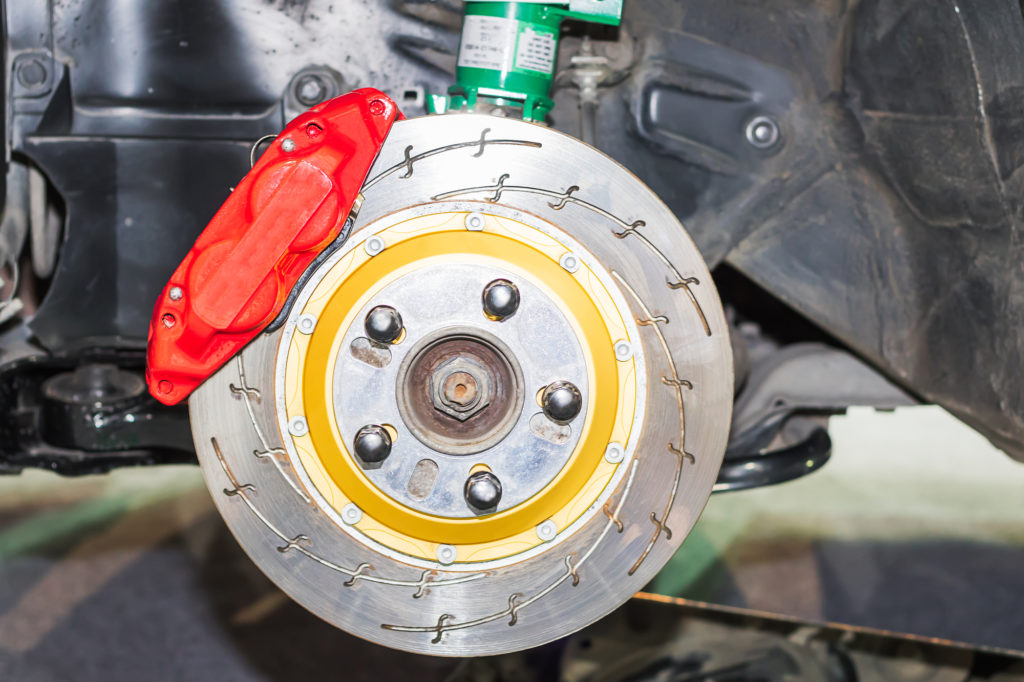
The pistons inside the brake calipers are responsible for applying pressure to the pads. If these pistons fail, whether due to overheating or mechanical wear, the car’s braking ability is severely compromised. A stuck or malfunctioning piston can lead to uneven braking or even total brake failure on one wheel. Upgrading to heat-resistant materials, such as titanium pistons, is a common solution in high-performance vehicles.
Air in the Brake Lines
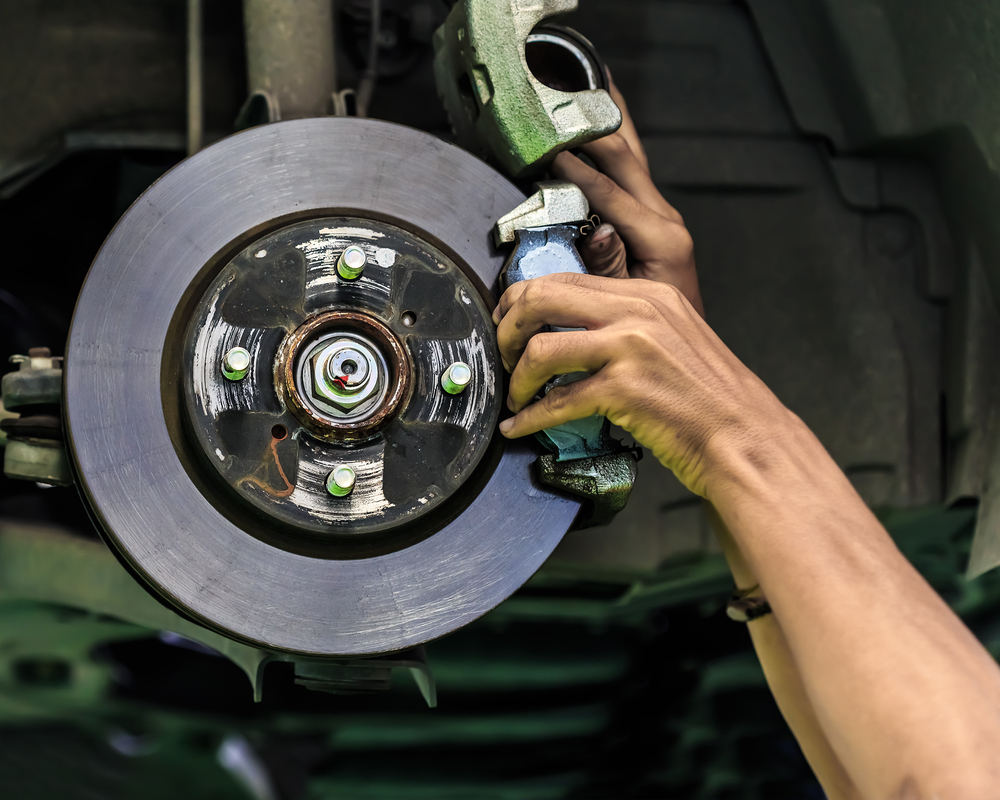
Air trapped in the brake lines reduces the system’s hydraulic pressure, making the brakes feel soft or spongy. In racing, this can occur due to improper bleeding of the brake system or sudden changes in pressure. Air bubbles in the lines lead to delayed brake response, which is extremely dangerous at high speeds. Ensuring the brake lines are free of air is a critical part of race preparation.
Stuck Brake Pedal
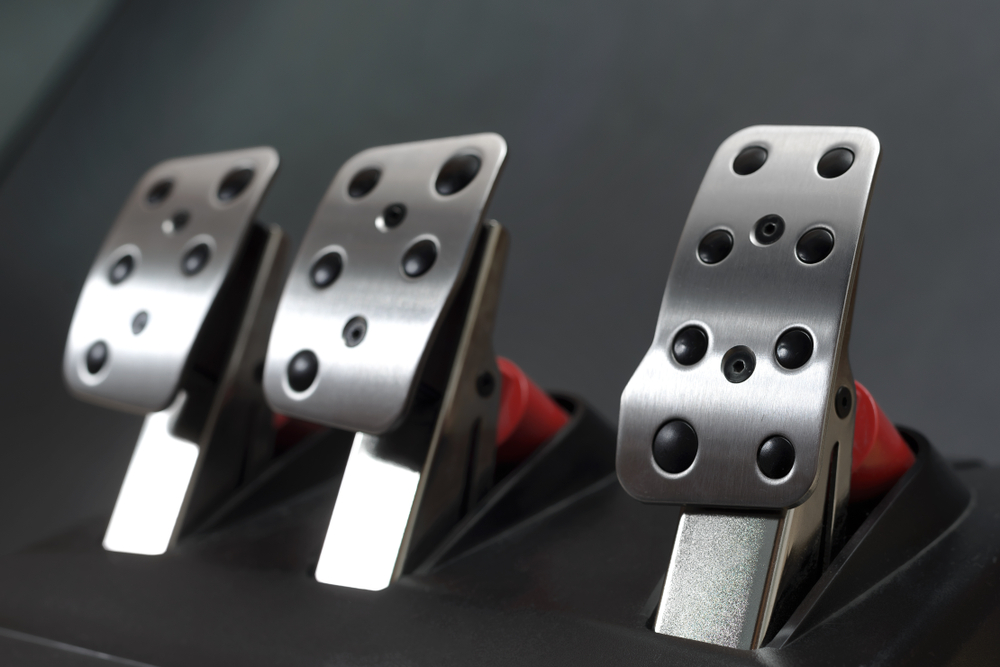
A brake pedal that becomes stuck, whether due to mechanical failure or foreign objects, can cause the brakes to remain engaged or unresponsive. If the pedal stays depressed, the brakes will overheat and eventually fail. Conversely, if the pedal cannot be pressed down, the driver is left without braking control. Regularly checking for debris and ensuring the pedal mechanism moves freely helps avoid this issue.
Brake Booster Failure
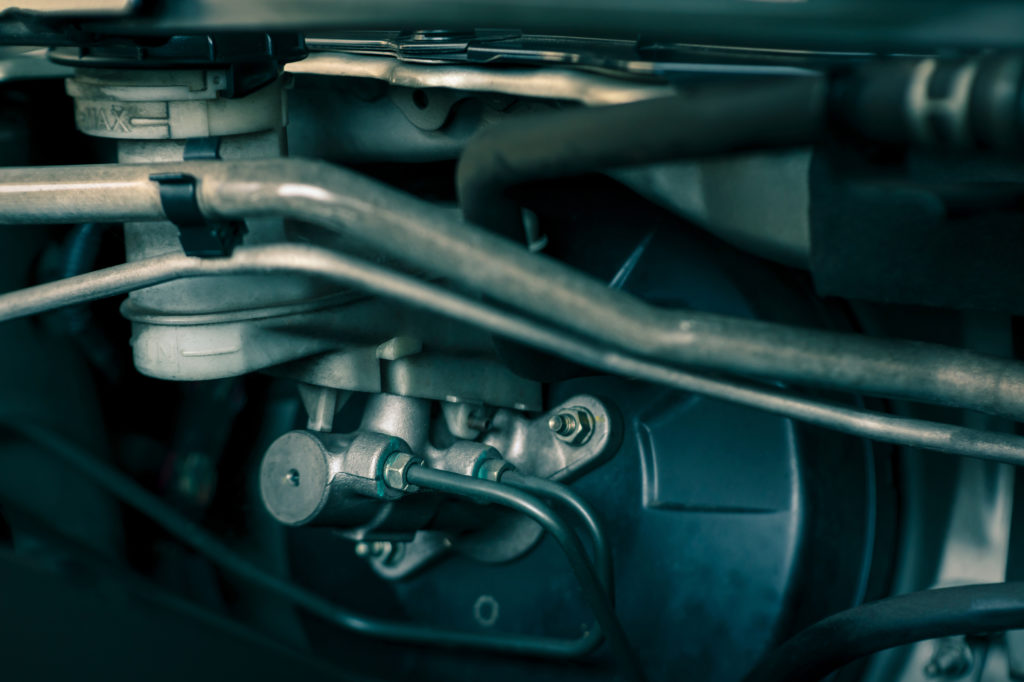
The brake booster amplifies the force applied to the brake pedal, making it easier for the driver to brake. When a booster fails, the driver must exert significantly more force to achieve the same braking effect. This can be particularly dangerous in high-speed racing where split-second braking is required. Checking the condition of the brake booster regularly ensures it continues to function as expected.
Brake Sensor Failure

Brake sensors monitor various aspects of the braking system, such as pad wear, temperature, and fluid levels. If a sensor fails or provides inaccurate data, teams may not detect brake issues until it’s too late. This can lead to undiagnosed failures during critical moments in the race. Teams rely on regular sensor calibration and maintenance to ensure accurate monitoring of brake performance.
Incomplete Brake System Assembly
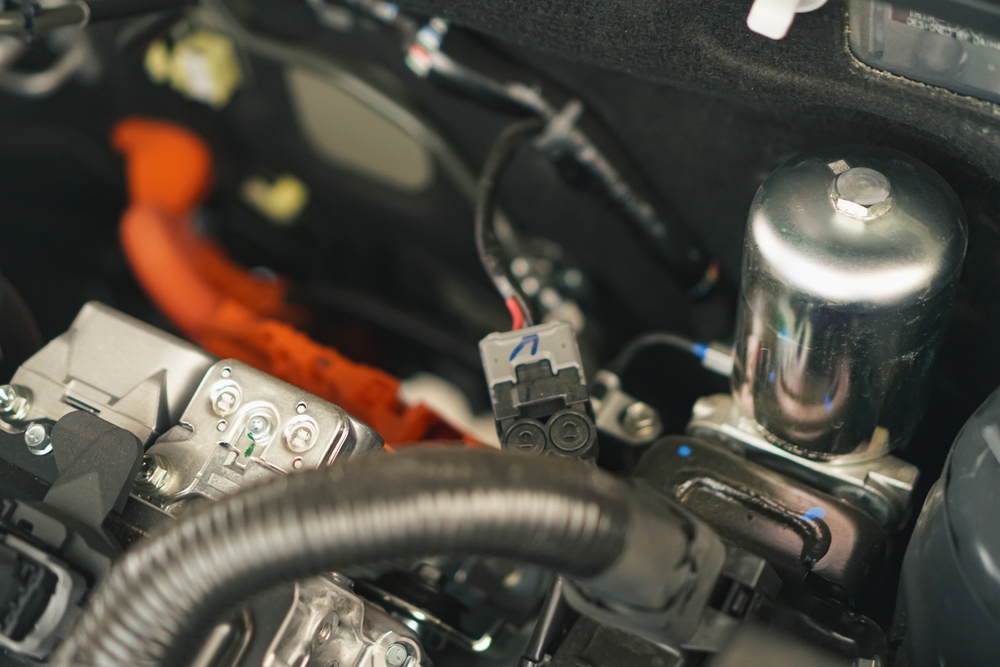
In the fast-paced environment of racing, human error during assembly can lead to incomplete or improperly installed brake components. Loose bolts, missing washers, or poorly connected lines can cause the braking system to fail when under stress. Even the smallest assembly error can have catastrophic results on the track. Meticulous pre-race checks ensure that every component is correctly installed and secured.
This article originally appeared in MyCarMakesNoise.
More from MyCarMakesNoise
20 Most Affordable Electric Cars You Can Buy Now

Electric cars are becoming more accessible as technology advances and prices drop, making it easier for drivers to go green without breaking the bank. In this article, we’ll highlight some of the most affordable electric cars you can buy right now, offering a combination of practicality, range, and modern features. Read More.
20 Best-Looking Classic Trucks with Enduring Style

Classic trucks are not only known for their rugged performance but also for their timeless designs that continue to captivate enthusiasts. These trucks have an enduring style that reflects both functionality and aesthetic appeal. Read More.
13 Durable SUVs That Are Known for Their Longevity

Selecting an SUV that combines reliability with enduring build quality can be a smart investment for drivers who value long-term performance. Read More.














